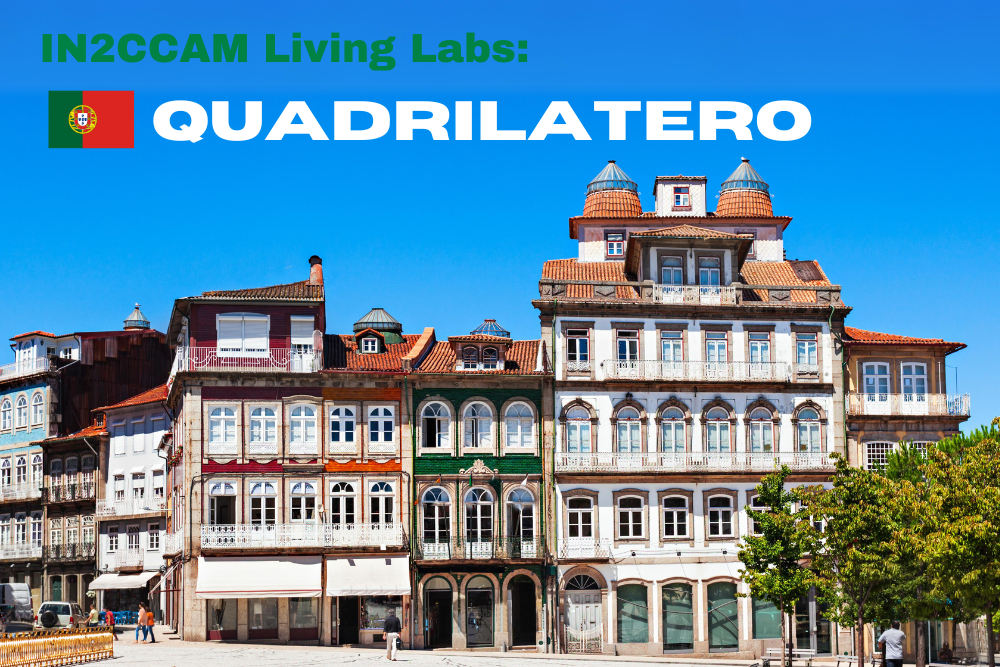Last modified on April 5, 2024

IN2CCAM Living Lab in Quadrilatero
One of the two follower Living Labs of the EC-funded IN2CCAM project, alongside Bari (Italy), is testing CCAM services, using simulations and emulation solutions, to assess the societal, environmental, and safety implications of CCAM integration in four cities in Portugal.
The Quadrilatero Living Lab encompasses four cities in the north of Portugal: Braga, Barcelos, Famalicão, and Guimarães. The primary objective of these municipalities is to assess the potential of CCAM to enhance interurban transport through seamless service integration into traffic management. Other impacts assessed include: optimisation of urban space use, reduction of congestion, improvement of air quality and noise pollution.
Two partners are involved in this Living Lab: Ubiwhere has installed cutting-edge Connected Street Furniture in Guimarães, featuring modular lampposts equipped with advanced technology. This innovation not only enables municipalities to future-proof their smart cities but also provides Mobile Network Operators with a cost-effective solution for deploying 5G. Furthermore, Ubiwhere is undertaking the largest smart parking project in Portugal, implementing a real-time data collection system across more than 900 on-street and off-street parking spaces in Guimarães. The city is also integrating in an urban data platform various information sets, including traffic flow, incidents, weather, etc., which serves as a case study for experimenting with new mobility scenarios and AI-driven simulations.
Quadrilatero stimulates the innovativation and research ecosystem for the collaborative network established by the cities of Barcelos, Braga, Famalicão, and Guimarães.
The Living Lab partners will be analysing aggregated shuttles’ data, historical travel itineraries data, road infrastructure data, and public transportation usage and schedules data, as well as existing datasets available in Guimarães.
Source: Read more in the original article published here


